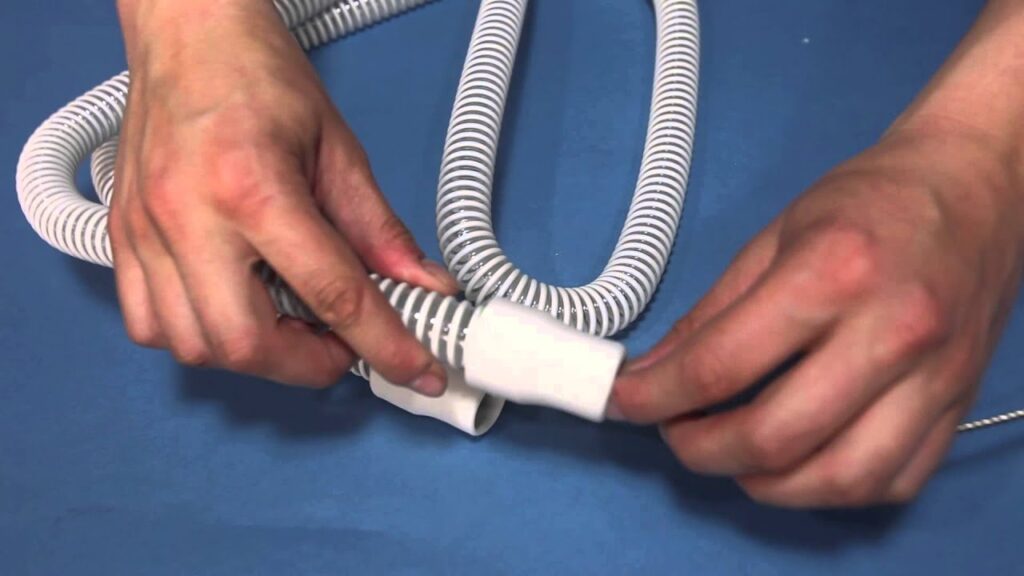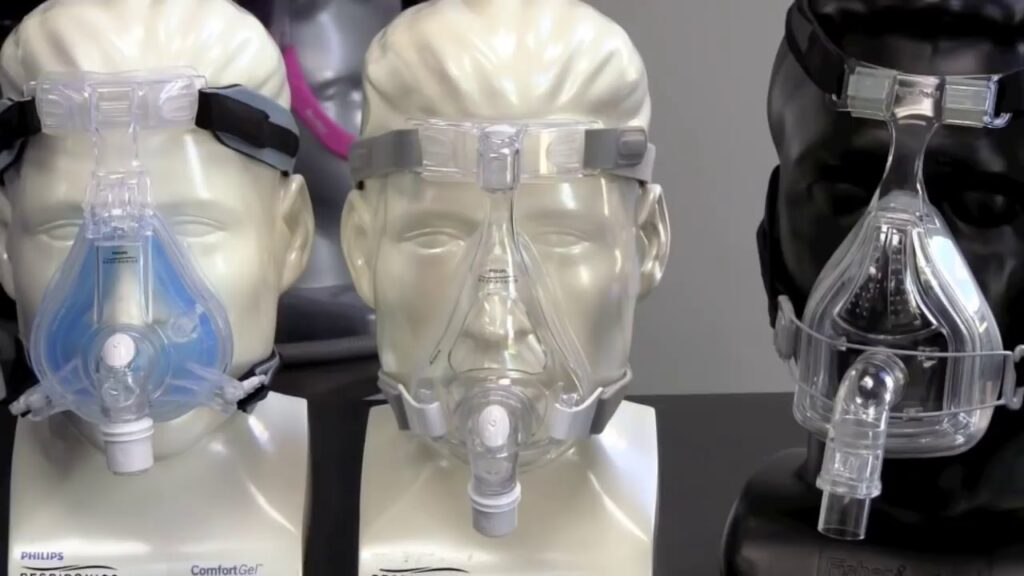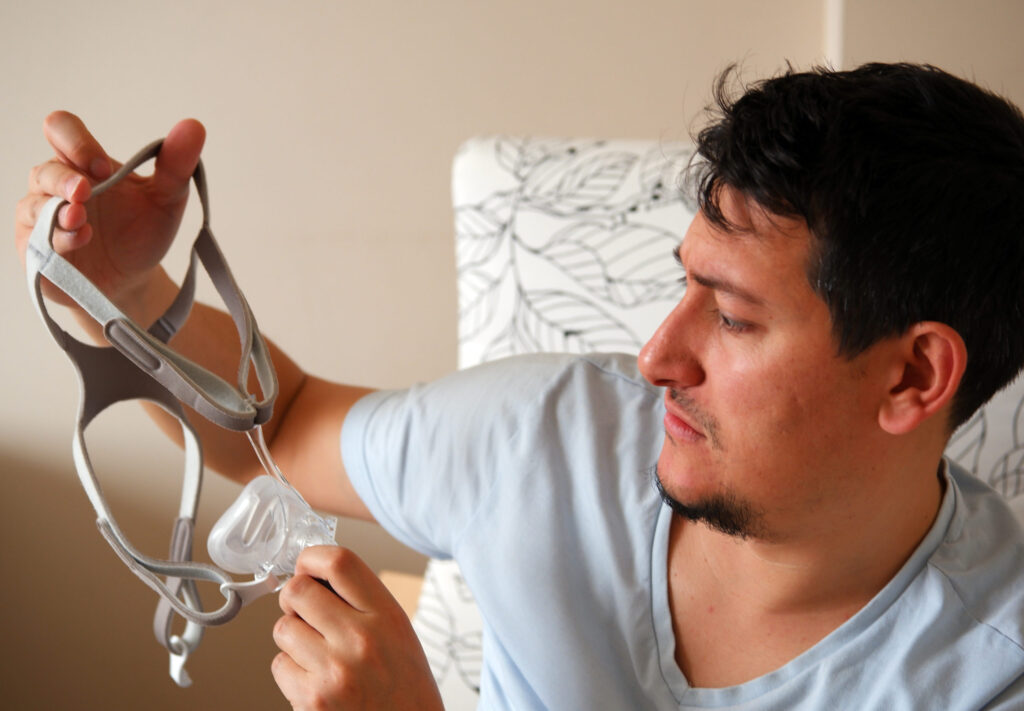Choosing to use a Continuous Positive Airway Pressure (CPAP) device is a wise investment in your health if you have sleep apnea.
The way a cpap machine works is by continuously applying pressure to your throat to keep your airway open while you sleep, essentially addressing the spontaneous breathing pauses. Learn more the best way to live with CPAP.
Despite the fact that these devices may enhance your sleep and general health, it’s crucial to remember that neglecting to properly maintain them might raise your risk of contracting further ailments.
A cushioned mask, tubing or hoses, a humidifier chamber, and a filter make up your CPAP machine. Because you breathe the air that circulates through it directly, neglecting to clean any of these components on a regular basis might have negative effects on your health, including:
- Bacteria exposure
- Allergy signs and symptoms
- Potentially higher risk of pneumonia or sinus infections
In this respect, we’ve gathered some practical advice that will make it simple for you to maintain your CPAP machine.
Highlight Its Vitality
Rather than real maintenance procedures, this emphasizes thinking and preparedness. Important sleep apnea therapy is provided by the CPAP machine. Learn how to use it correctly, keep in mind the fundamental procedures for troubleshooting, and know who to contact should issues arise with the device. In the event that anything goes wrong with the equipment, a little knowledge may go a long way.
Disconnect before cleaning
Be cautious to disconnect and switch off the equipment before doing any maintenance on it. Although this is a matter of fundamental safety, using a plugged-in equipment may lead to injuries. When the CPAP is being maintained, jams or blockages to the pump may happen if it is really used.
Scrub the Tubing
Regularly inspect and clean the tubing of the CPAP machine. It’s ideal to do it every day, especially first thing in the morning to avoid forgetting about it later. Check for damage to the tubing. The tubing should be disconnected from the mask and machine before being rinseed in warm, soapy water. So that it is used by evening, let it dry. It is best to dry items at room temperature. Avoid direct sunlight since the material of the tube may deteriorate if exposed to higher temperatures.
Cleaning the Water Chamber
Regular cleaning is also required for this component. Rinse the chamber with warm, soapy water in the morning, and then with clean water.
Every week, do more thorough cleaning. Use a solution of one part white vinegar to two parts water for this. After letting it rest in the chamber for a time, remove the solution and fill it with distilled water.
Avoid spilling water onto the CPAP machine’s inside while handling the water chamber.
The chamber supplies the necessary moisture to avoid discomfort from too much dryness, therefore this is significant. Keep in mind that the water chamber must be kept clean since the patient breaths that air into their lungs.

Mask for breathing
It goes without saying that this component must also be maintained spotless every day to avoid the buildup of particles and residues. The kind of mask will determine the appropriate cleaning technique. In general, the mask should be dismantled and its parts cleaned using CPAP mask-specific cleaning solutions, warm water, and mild soap.
They should be completely cleaned and left to air dry for the duration of the day at room temperature. Additionally, you should avoid direct sunshine. The parts should be prepared for reassembling and usage before nightfall.
The mask has to be washed with distilled water after being immersed in the same water-vinegar solution as the water chamber once a week.
Headgear and chinstraps must be hand-washed in warm, soapy water, rinsed, and allowed to air dry. They should not be used in dryers or washing machines.
Avoid using facial moisturizers and oils.
Before putting on the face mask, give your face a thorough wash. The silicone in the mask might degrade more quickly with the use of moisturizers and facial oils. Additionally, there is a tiny possibility that the residue from these chemicals may mix with the entering air and be ingested by the patient.
- Your CPAP machine can be cleaned quite simply and cheaply. The list of advice from above is summarized here.
- Make careful to disconnect your CPAP machine before cleaning any components.
- Use warm water and a moderate dishwashing detergent to regularly wash the mask and cushion, which are the portions that come into contact with your face. After that, let the mask air dry completely before using it again.
- Change the water every day in your heated humidifier chamber. As bacteria enjoy a warm, moist environment to develop in, do not let this water to sit for long periods of time.
- For your humidifier, always use distilled water to prevent hard mineral deposits.
- At least once a week, disassemble the machine and carefully clean every item, including the hoses, filters, and the chamber.
- Review the filter replacement instructions provided by the manufacturer.

The majority of modern CPAP systems are almost quiet. However, if you discover that a device’s noise is irritating, make sure the device’s air filter is clear and unblocked first. If there is obstruction, noise may become worse. To thoroughly clean your mask and hose, see your physician or CPAP manufacturer.
If it doesn’t work, ask your doctor or the manufacturer of your CPAP machine to examine the machine’s functionality. Try using earplugs or a white noise machine to block out the noise if the item is operating properly but it still disturbs you. Making the machine as far away from the bed as you can also could assist to muffle any noise it makes. Ask your doctor or the manufacturer of your CPAP machine whether additional tubing is available and suitable for your machine.
Final thoughts
As you attempt to adjust, using a CPAP machine might be difficult, but it’s crucial that you persevere. Obstructive sleep apnea concerns include cardiac issues and excessive daytime tiredness must be treated to prevent them.
To get the right equipment and fit for you, work with your doctor and the CPAP provider. Regular visits to your sleep physician are crucial since they may aid in problem-solving and, if necessary, setting adjustments. Finding the right settings and becoming used to the mask might take some time.
CPAP may enhance your quality of life and health over time and with patience.

